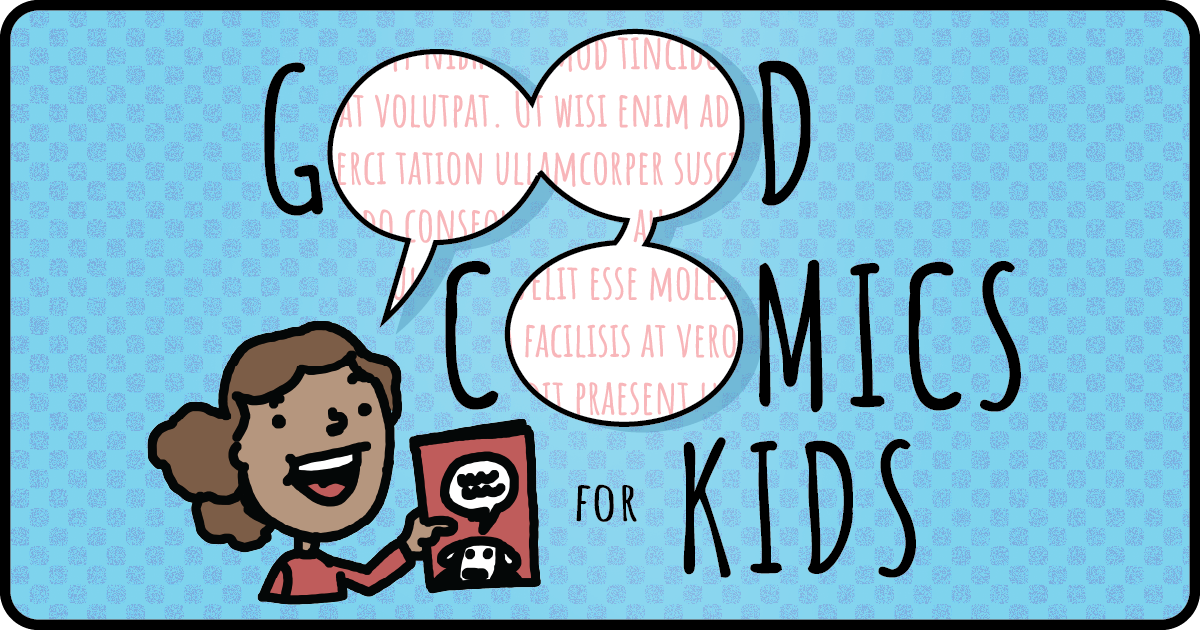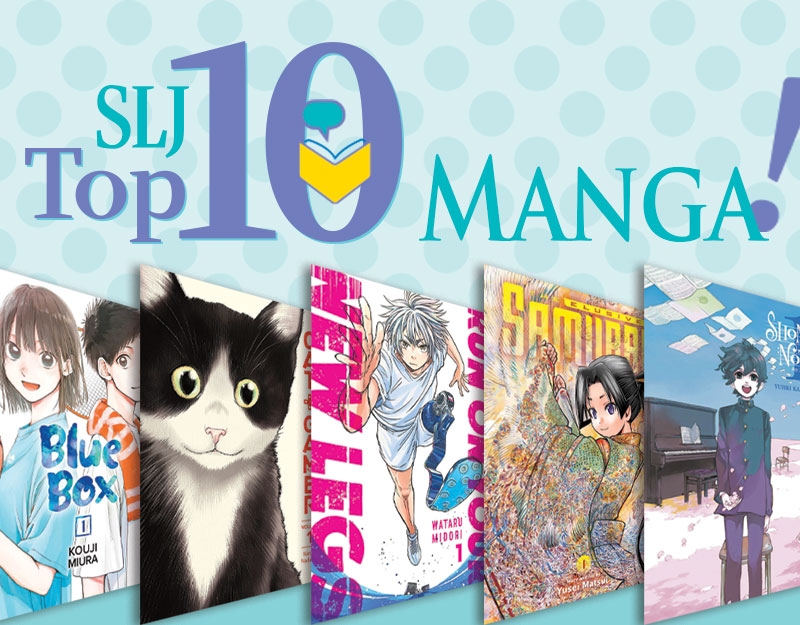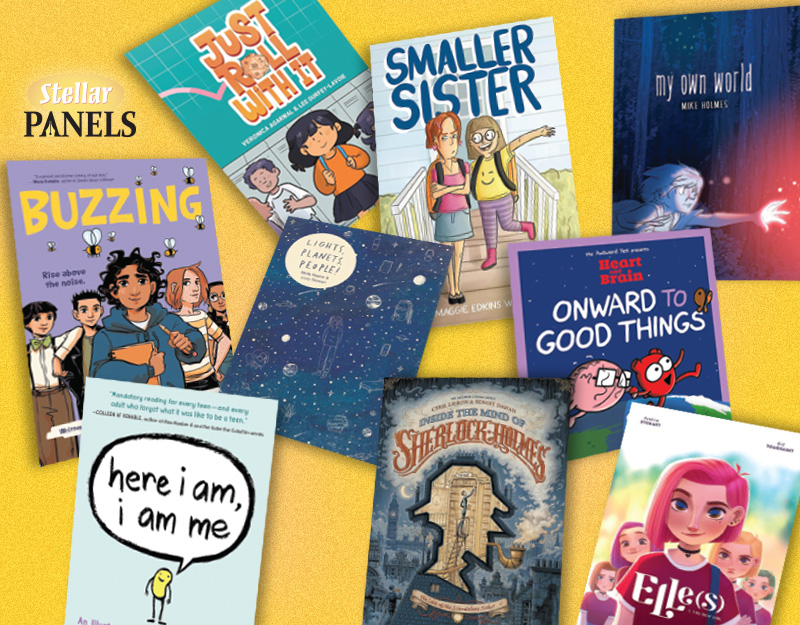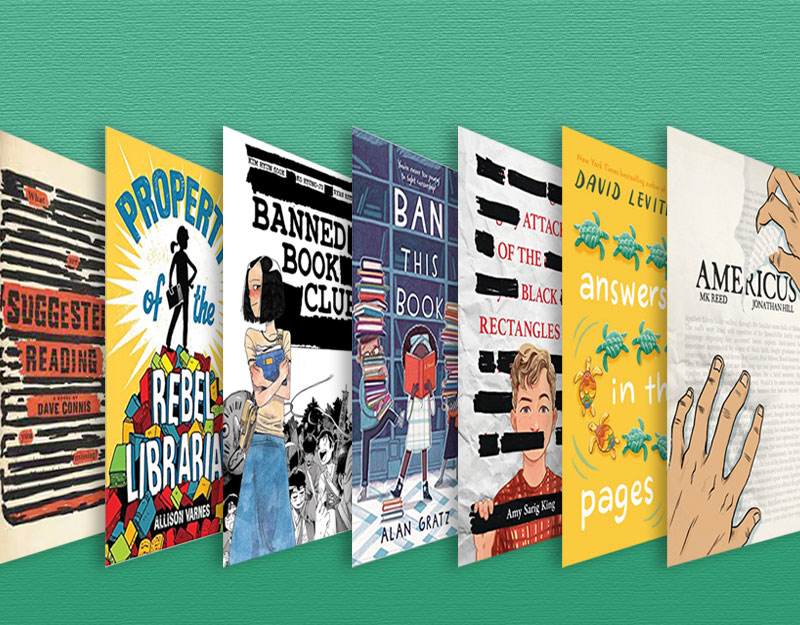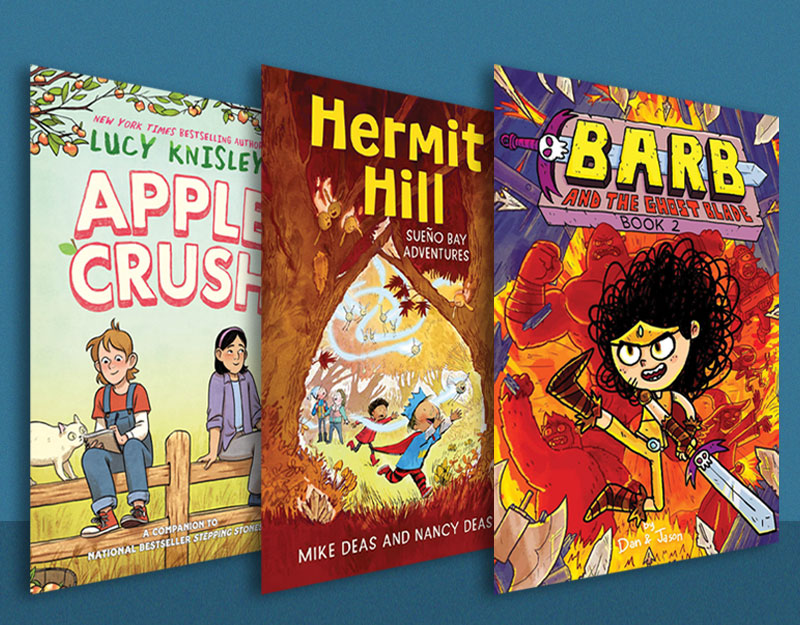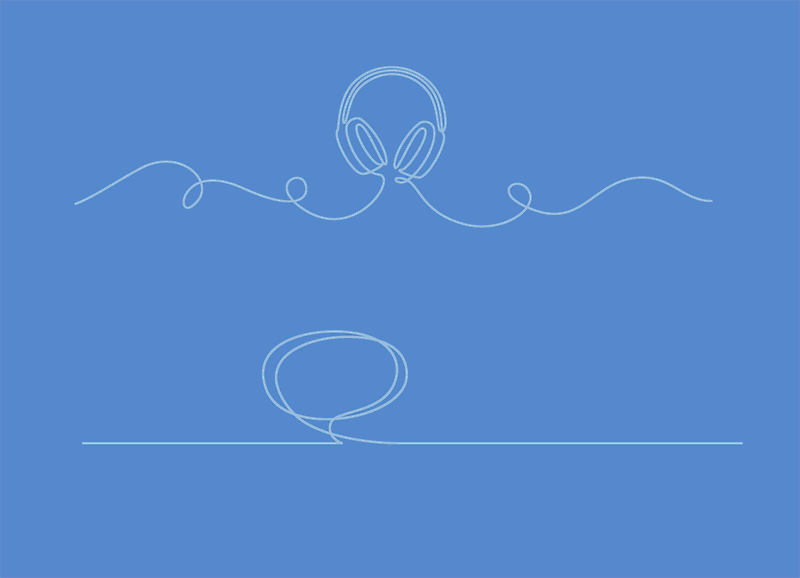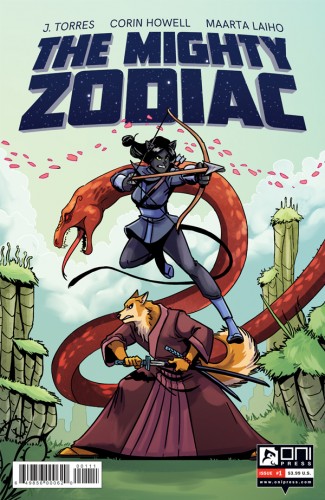
Interview: J. Torres on ‘The Mighty Zodiac’
 J. Torres and Corin Howell’s six-issue series The Mighty Zodiac launches this week from Oni Press. The story is an action-adventure tale starring a diverse cast of 12 main characters based on the animals of the Chinese Zodiac. (Check out our preview to get a flavor of what it’s like.)
J. Torres and Corin Howell’s six-issue series The Mighty Zodiac launches this week from Oni Press. The story is an action-adventure tale starring a diverse cast of 12 main characters based on the animals of the Chinese Zodiac. (Check out our preview to get a flavor of what it’s like.)
Torres is the writer of Teen Titans Go, Jinx, Bigfoot Boy, Lola, and Alison Dare; he talked to us about the creative process he went through to develop The Mighty Zodiac, including how he worked together with Howell.
ADVERTISEMENT
ADVERTISEMENT
What is the genesis of this story? It looks like it has a lot of comics and folkloric influences.
It started about seven years ago, on my first visit to Korea. I was in a Korean folk village, and outside the main building there are statues of the animals of the Chinese Zodiac as warriors, standing in a circle, and I loved them! They were so cool looking, and I imagined them coming to life and having adventures. That’s where the first seed of the idea was planted.
Over the years, I started thinking more and more about these characters and the Chinese Zodiac, about what I could do in developing their personalities, and eventually I came up with a story that involved stars falling out of the sky and these warriors having to retrieve them.
So the characters came first, before the story?
Yes. It was just a concept of a group of warrior animals based on the Chinese Zodiac that I really liked. I thought it would be a lot of fun and something we have not seen a lot of, at least in Western comics.

I started with the Chinese Zodiac itself. Each of the different animals has their own characteristics, very similar to the Western Zodiac. That’s what I started with, but I found it hard to manage. I also found my own preconceptions or stereotypes of what those characters should be like because they are animals—cats, pigs, dogs—that started to seep into the story more, so it is a balance of the two. I took what you might stereotypically see an ox as—stubborn, strong, aggressive—and heard the voice in my head of how they would talk, and maybe they would be funny or serious, and they just took on a life of their own. Every one had their own voice in my head: How they would speak, how they would react to things and react to each other, how these two would react to each other as opposed to those two. The different personalities and traits helped me define everybody and how they would react and talk or fight.
How did you collaborate with the artist?
I had a big writeup, and when she started doing character design we would go back and forth and I would tell her “This is how this person would react. This guy would have a weapon that is broad and hard and double-edged, like their personality. This one has boomerang so that is reflected in his personality as well.” All of these things—what sort of weapons they use, what sort of clothing they wear—reflect their personality. Some of it came from Corin, some from me. Even if we began with a pretty solid basis for one character or another, as I scripted and she drew, different things would come out, and she would revise it or we would change things. I never set out to have any kind of romance in this story, at least nothing really obvious or overt, but as she started drawing things we would have these little moments between Ko the ninja cat and Kane the samurai, he would look at her a different way or she would blush, and I would say “That’s not in the script,” but as she drew it, that was what was happening.

They have all set out to have their own little adventures because their training has been put on hold because their master is sick, and then they are all called back to their home base, to their master, for this mission of finding the stars. So we will jump from one group to another and there will be a convergence, a homecoming, and they all come together again. Most show up in Twilight Bastion, which is home base, in issue 3, and then the story goes from there. They split up and go to find the stars and then they all come back again for the big climactic battle. So it’s like a TV show with a big ensemble cast, where you jump from one group to another and come back to the storyline where everyone is fighting all at once.
 You took the Japanese legend of the rabbit in the moon and turned him into a whole army of bad guys. What gave you that idea?
You took the Japanese legend of the rabbit in the moon and turned him into a whole army of bad guys. What gave you that idea?
It came from thinking about that whole mythology of rabbits being on the moon and that dark area looking like a rabbit to some people, and thinking of how would they come down from there. I came across this print that was sort of a riff on the Hokusai big wave, but the artist had put little white rabbits in the foam on the edge of the wave. I thought that would be really cool. What if the rabbits came down and would separate into this army of rabbits? It was this visual that started the idea of the rabbits being the bad guys, and then it was “Why are they on the moon? Why are they bad?” I ended up with this kind of Garden of Eden analogy that comes up in issue 2: Why they are banished, how they try to come back, why are they the bad guys. They are not really bad, they are victims of circumstances, but they are still supposed to be creepy
ADVERTISEMENT
ADVERTISEMENT
I fleshed it out and fleshed it out and tried to make it fun and creative. By the end of it, the rabbits ended up being a metaphor for their master’s illness, so they became a metaphor for cancer or a fatal illness. Sounds a bit heavy for fantasy book, but it’s there. There are different layers. My five-year-old won’t pick up on it.
Are you assuming your readers are familiar with manga and Japanese tropes such as yokai?
I wrote it in such a way that I hope it can go wide. My five-year-old hasn’t had much exposure to anime or manga, but he sees a story about warrior animals working together, and on that level for him it’s a fun story. I have an eight-year-old who loves Naruto and watched Avatar, so he picks up on all that. If you are an adult who likes mythology, you will pick up on a lot of references. If you are a costumer or into fashion, you might start to pick up on how the clothing these characters are wearing originates from Japan, India, or the Philippines, and the same with the weapons—if you are into the art of war, you might notice some weapons from one culture or country or period or another. But the story doesn’t rely on them. It’s just extra trappings and aesthetics. It was fun for us to supply these different elements, but the story is there to enjoy whether you understand Japanese culture or Chinese history or not, and hopefully it will help inspire people to look into this
 So you deliberately chose a diverse group of characters? Did you research them?
So you deliberately chose a diverse group of characters? Did you research them?
It starts with the characters. For example, when I got to the rooster whose name is Tan, he is one of the symbols of the Philippines, so I said hey it would be fun if he was a stick fighter, which is a traditional martial art in the Philippines. That felt organic and it worked for that character. As I was fleshing out all the others, I had one that’s Japanese inspired, one that’s Chinese inspired, and I said we are relying heavily on Asia. Maybe I should spread things out a bit, so since this guy is not defined I’ll make him from the West. So the rat, to me he sounds like Alan Rickman [the actor who played Severus Snape in the Harry Potter movies], so he’s from whatever the equivalent of the UK would be in this world. And the horse for some reason made me think about westerns, so he ended up kind of being from America.
I wanted to diversify the cast, but not in a way that was about race but more about character and color and aesthetics, so I gave everyone their own style and weapons and sometimes they spoke in a manner that is culturally specific. I don’t play Dungeons and Dragons, but it felt to me like what my friends do when they build their characters for their games.
Filed under: Interviews
About Brigid Alverson
Brigid Alverson, the editor of the Good Comics for Kids blog, has been reading comics since she was 4. She has an MFA in printmaking and has worked as a book editor, a newspaper reporter, and assistant to the mayor of a small city. In addition to editing GC4K, she is a regular columnist for SLJ, a contributing editor at ICv2, an editor at Smash Pages, and a writer for Publishers Weekly. Brigid is married to a physicist and has two daughters. She was a judge for the 2012 Eisner Awards.
ADVERTISEMENT
ADVERTISEMENT
SLJ Blog Network
The Moral Dilemma of THE MONSTER AT THE END OF THIS BOOK
Cover Reveal and Q&A: The One and Only Googoosh with Azadeh Westergaard
Parsing Religion in Public Schools
Post-It Note Reviews:
ADVERTISEMENT

